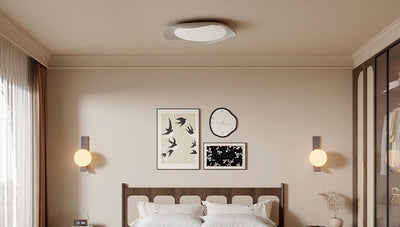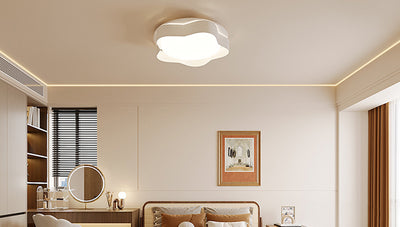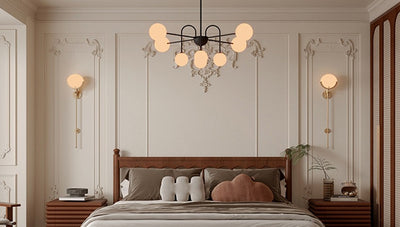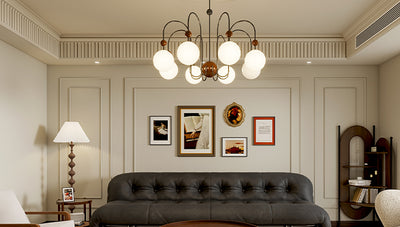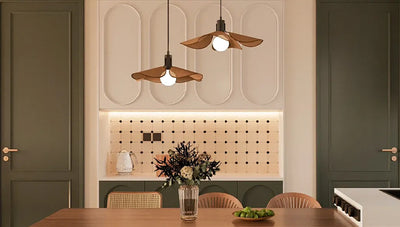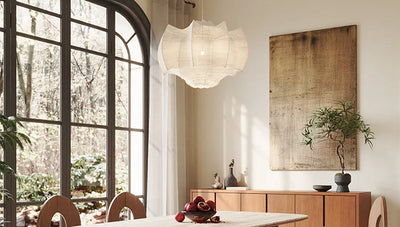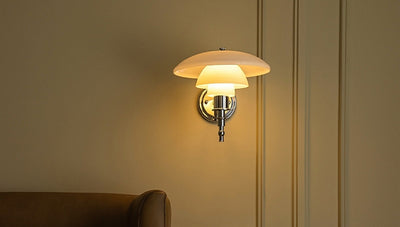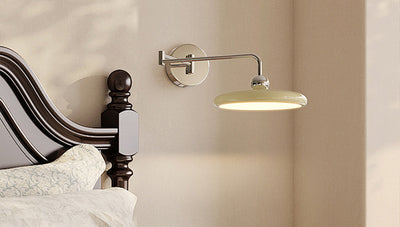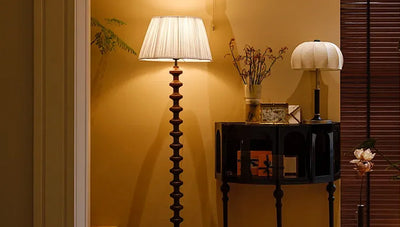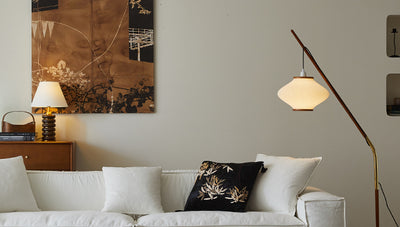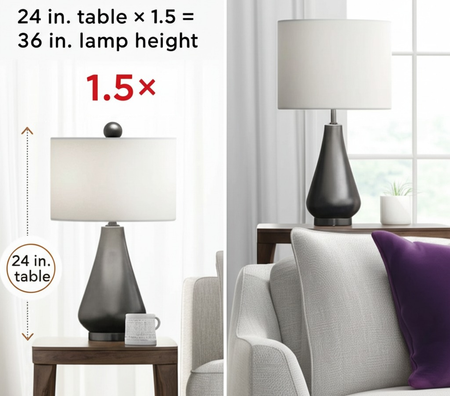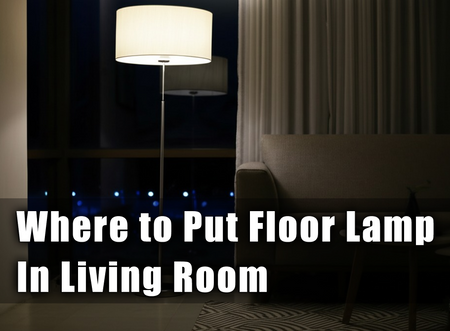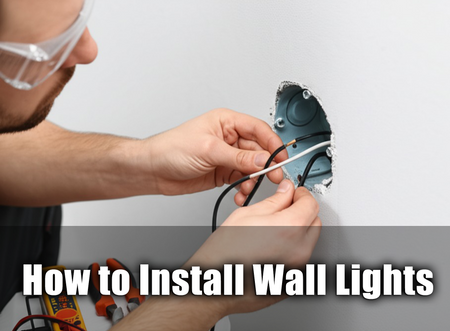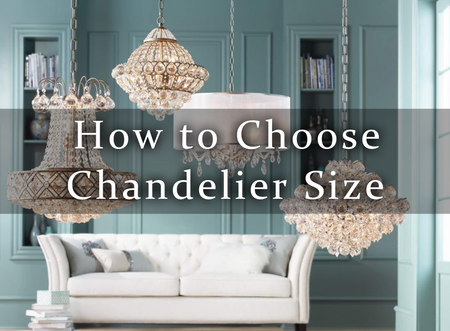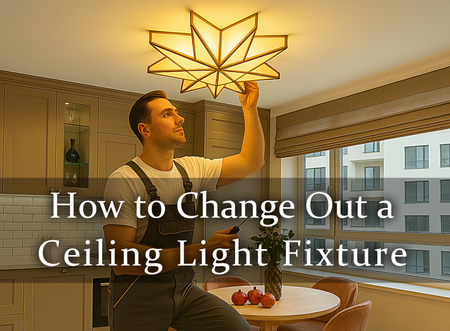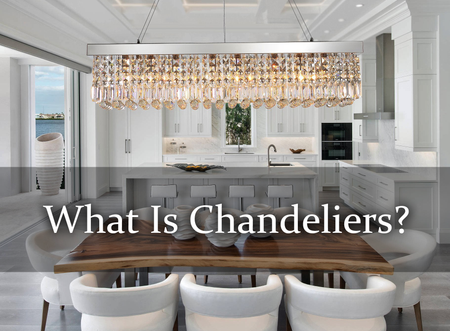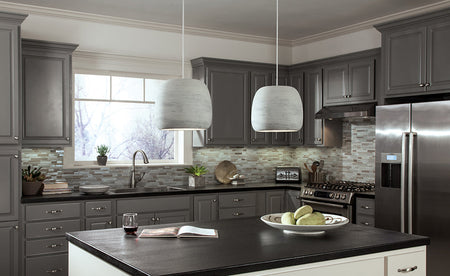Let’s be real—shopping for lamps seems easy… until you're standing in the aisle thinking, "Why do these all look wrong on my table?" In How to Choose the Right Height and Size for Table Lamps?, we break down the stuff no one tells you: like how a lamp that’s too tall can blind you, or too small can make your room feel off-balance.
Think of lamp sizing like picking the right hat: it’s got to fit the space, match the mood, and not steal the whole show. Interior designers say, “The lamp should complement the table, not compete with it.” That means proportions are key—and yes, there’s a super simple rule for that.

This guide breaks it all down without the fluff. You’ll learn the golden sizing rule, how to match height to table, and how to dodge the top mistakes that make lamps look out of place. Let’s light it up right.
How tall should your table lamp be?
Finding the perfect lamp height isn't just about looks—it's about comfort, lighting quality, and balancing with your furniture.
Eye-level rule for seated comfort
Your eyes and your lamp should be friends, not foes. A good rule? When seated, the bottom of the lampshade should align with your eye level. This minimizes glare, reduces eye strain, and boosts ergonomics for reading or relaxing.
💡 Tip: Measure from your seat height, factor in the cushion sag, and match the shade height accordingly. "A poorly positioned lamp can cause more squinting than sunlight," notes lighting designer Carmen Veloz.

Balancing lamp height with sofa arms
Your lamp and sofa should team up, not clash. Aim for the lamp height to be within 2–4 inches of your sofa arm height for solid visual balance. If you're using a side table, make sure the table height aligns with both the lamp and the sofa dimensions.
• Great for armchairs, loveseats, or sectionals
• Too tall = overpowering; too short = ineffective
Visual weight vs. actual size
Not all lamps wear their weight well. A small lamp with a heavy shade pattern or bold color can feel larger than a tall, thin one. It's the visual weight—not just the actual size—that defines balance.
- Light-colored, sheer shades = lighter presence
- Dark, opaque shades = more visual weight
- Thick bases or unique shapes = more attention
Choose based on room size, pattern interplay, and what vibe you want your lamp to send.
How shade height affects perception
Shade height isn't just about hiding the bulb—it changes the entire light distribution. A tall shade can spread light upward and downward, ideal for ambient lighting, while a short one focuses it more narrowly, better for task lighting.
🟢 Short shade = focused beam, more shadows
🟣 Tall shade = diffused glow, softer ambiance
Matching shade height to room size, ceiling height, and wall color helps create a cohesive lighting effect.
The 1.5× Height Rule
“When you place a lamp on your end table, how tall should it actually be?” This was the question I posed to lighting designer Ellen McGowan during a recent showroom walkthrough in Chicago. Her answer was immediate and firm: “Use the 1.5× rule, always. It is not a trend. It is about visual comfort.”
📏 Understanding the Rule The 1.5× height rule is simple but transformative. Measure the table height, then multiply that number by 1.5 to get the maximum lamp height. A 24-inch table? Your lamp should not exceed 36 inches. The aim is scale and proportion—keeping lamp base size, lampshade size, and the room size in sync.

🛋️ Why It Matters in Real Homes Customers often complain of lamps feeling “off” even if they look stylish. A common issue? Glare directly at eye level or a lamp too tall for the table size, throwing off the balance of the room. One client, a home stager in Austin, shared this insight: “We follow the 1.5× rule like gospel. It instantly fixes awkward lighting angles and creates harmony.”
🔍 Expert Tip Ellen pointed to a display featuring two identical lamps—one matched the rule, one did not. The difference? The correct one softened shadows and spread the light evenly, avoiding eye strain. “A lamp should complement the space, not dominate it,” she noted.
Lamp Size Guidelines
This section gives practical guidance on selecting the right lamp size for different settings and lamp types.
Standard heights for table lamps
The standard lamp height usually ranges from 24 to 30 inches, but that depends on the table size and purpose. For instance:
- A nightstand lamp should be nearly eye level when you're sitting or lying in bed.
- End table lamps should be close in height to the arm of the adjacent sofa or chair.
- Desk lamps can go shorter but should focus light precisely for task work.
"If the lamp’s too tall, you’ll be blinded; too short, and it’s just mood lighting," says interior stylist Dana Burke.
Ideal lamp size for bedrooms
Look, bedrooms aren’t one-size-fits-all, and neither are lamps. You’ve gotta match your lamp size with both your bedroom size and the nightstand it’s sitting on.
- Got a small nightstand? Opt for a small lamp under 24".
- Big bedside table? Go bolder—28 to 30 inches works.
- Want ambient lighting only? Choose a wider lampshade size.
- Doing bedtime reading? Use a taller lamp with focused light.
It’s all about balancing function and vibe—no one wants a lamp that feels like a skyscraper or a candle.

Choosing size by lamp type
There’s no universal rule—lamp size varies across lamp types, and here's the lowdown:
- Table lamps: Typically 24–30 inches tall for general lighting.
- Floor lamps: Around 58–64 inches tall to light a larger area.
- Desk lamps: Stay compact, 12–18 inches for focused tasks.
- Wall lamps and sconces: Measure placement height more than size.
- Chandeliers & pendants: Size depends on room size and ceiling height.
How do you calculate the ideal lamp height?
Master the math behind perfect lamp height. Quick tips and clever tricks for functional, cozy lighting in any room.

Using table height to guide selection
The basic formula? A lamp should be no more than 1.5× the height of the table it sits on. For example, if your table height is 24 inches, look for a lamp no taller than 36 inches. This keeps everything in visual proportion—lamp base, lamp shade, and table size all stay in harmony. Want a more grounded look? Match lamp shade width to the table’s width.
Adjusting for seating and ceiling height
- Short seating? Lower your lamp.
- Tall ceilings? Go a bit bigger.
If your seating height is low, a tall lamp can throw off the visual balance or cause eye-level glare. If your ceiling height is lofty, scale up your lamp height and shade size to fill vertical space. Always aim for eye level light when seated to avoid squinting or shadows.
Visual testing with cardboard mockups
This one's a game-changer if you're stuck.
Grab some cardboard, cut out a mockup of the lamp—base and shade—and tape it to your table. Sounds wild, but this simple DIY lets you test scale and shape before buying. “I tell clients to visualize first. A $2 template can save a $200 mistake,” says lighting designer Jill Thomason.
Ceiling light vs. lamp balance
When your ceiling light is dominant (like a large chandelier), keep table lamps smaller and more refined to maintain visual weight balance. But if ceiling fixtures are subtle, a bold lamp can anchor the room. Use both to create layered lighting—a hallmark of thoughtful lighting design.
| Fixture Type | Ideal Scale | Lighting Role |
|---|---|---|
| Ceiling Light | Dominant | Ambient |
| Table Lamp | Balanced | Task/Accent |
| Floor Lamp | Secondary | Supplemental Fill |
Factors when using oversized furniture
Big furniture? Bigger lamp. Period.
An oversized sofa or console table demands a lamp with a bigger lamp shade and taller lamp height to hold its own. Otherwise, your lamp just looks... sad. Also, consider room dimensions and ceiling height. In larger spaces, proportion is everything, not just style.

Avoiding glare at eye level
- Sit down where you’ll use the lamp.
- Measure eye level while seated.
- Make sure the bottom of the lamp shade is right at that level.
- Choose shade materials and bulb types that diffuse light—avoid harsh LED glare.
- A diffuser can work wonders if the bulb’s still too bright.
Pro tip: Opaque or linen shades can soften lighting while keeping your eyes happy.
What measurements matter most?
“Before buying any table lamp, I always tell my clients—measure twice, choose once,” says Nora Jennings, a lighting consultant with over 15 years of interior design experience in California. “Size matters more than people think.”

✅ Start with table height. If your table is 24 to 30 inches high, the ideal lamp height is often 1.5 times the table height. This keeps the light source functional without overwhelming the furniture.
✅ Mind your lamp height. A lamp that is too tall can cause glare, especially when seated. The lightbulb should be hidden when you are at eye level—roughly 42 to 48 inches from the floor while seated.
✅ Balance with lampshade dimensions:
- Lampshade height should be about two-thirds the height of the lamp base.
- Lampshade width must be wider than the widest part of the base, ideally by 1 to 2 inches.
✅ Consider the lamp base width. A bulky lamp on a small table can feel top-heavy. For nightstands, choose a base that does not exceed one-third the table width.
📏 Table size and room scale count. Oversized lamps look great in spacious rooms, but overwhelm tight spaces. A 12×12 bedroom benefits from compact silhouettes.
Pro tip: Always sit down and check the eye level of the lamp before buying. It should softly illuminate your book, not blind you.
🔦 And remember—style meets purpose. Match lamp style with your room's mood and your lighting needs: warm and diffused for bedrooms, focused and bright for reading nooks.
Final Thoughts: Get the Perfect Fit
Picking the right lamp height isn’t rocket science—it’s more like finding the sweet spot between cozy and classy. If your lamp’s too tall, it’ll glare in your eyes. Too short? It disappears like a wallflower at prom.
Stick to the golden 1.5× rule and aim for eye-level light when seated—your eyes (and your décor) will thank you. As designer Emily Henderson puts it, “Good lighting changes everything.”
Now you’re armed with the know-how to shop smart, avoid guesswork, and nail that just-right glow.

